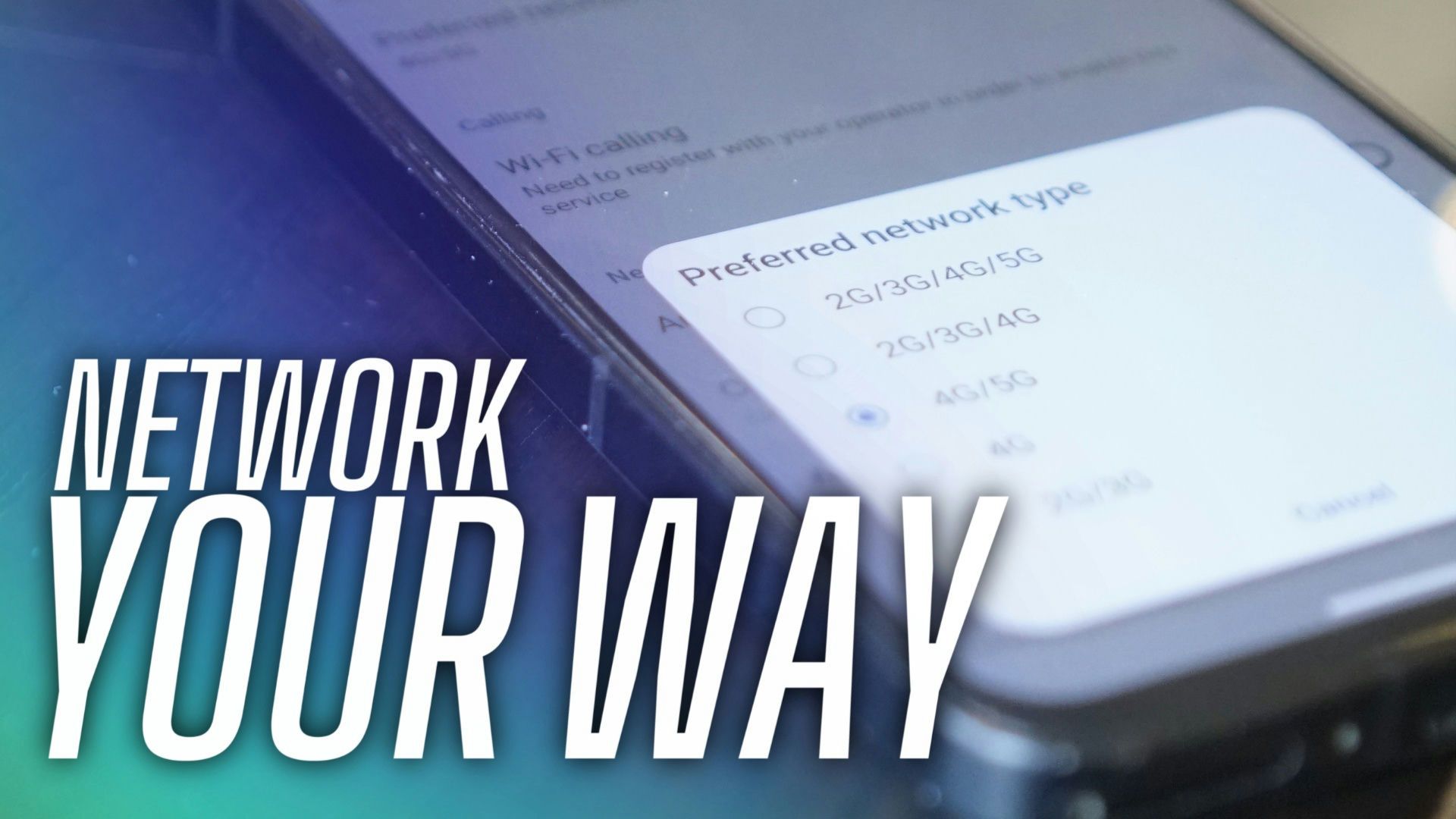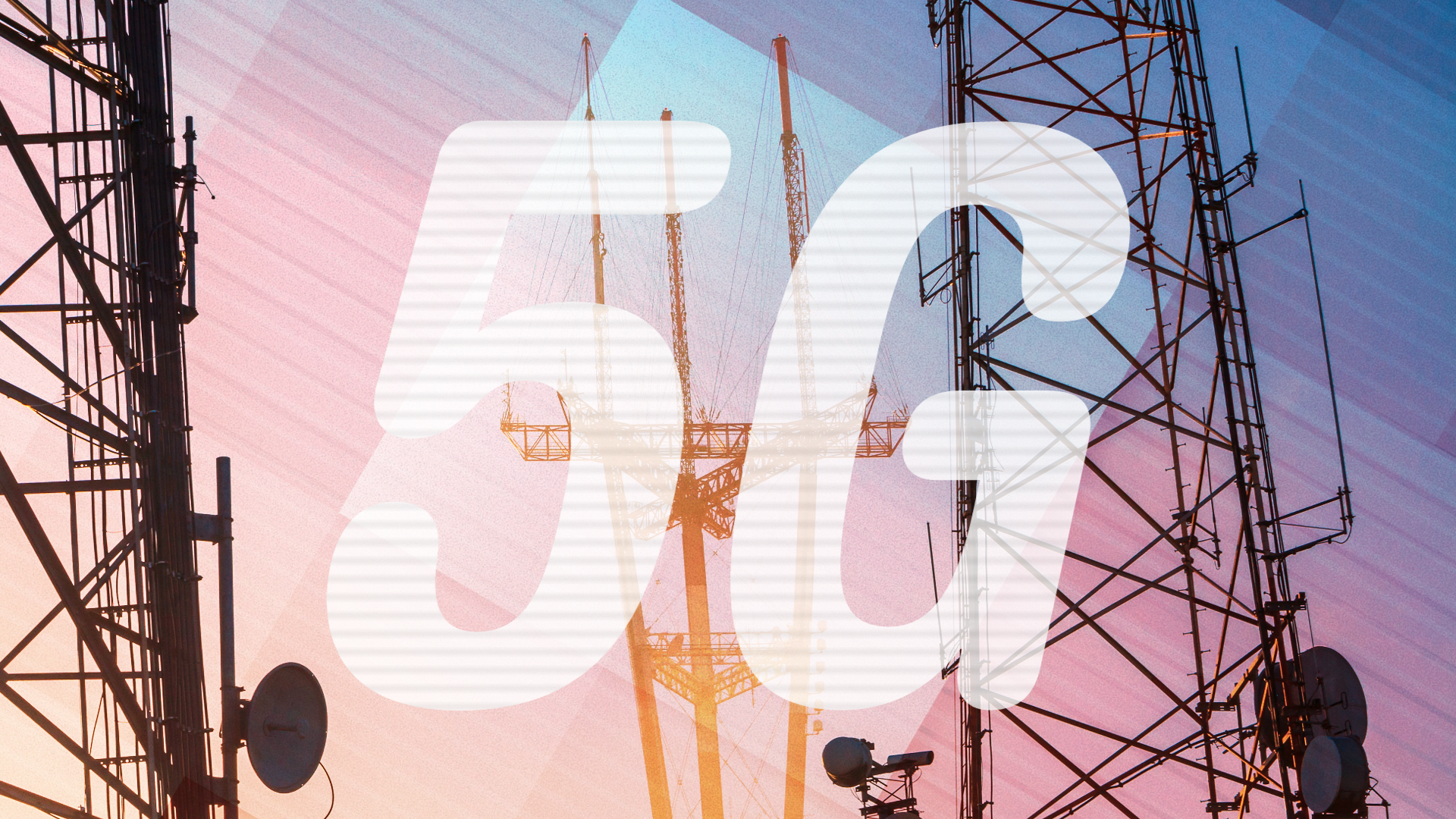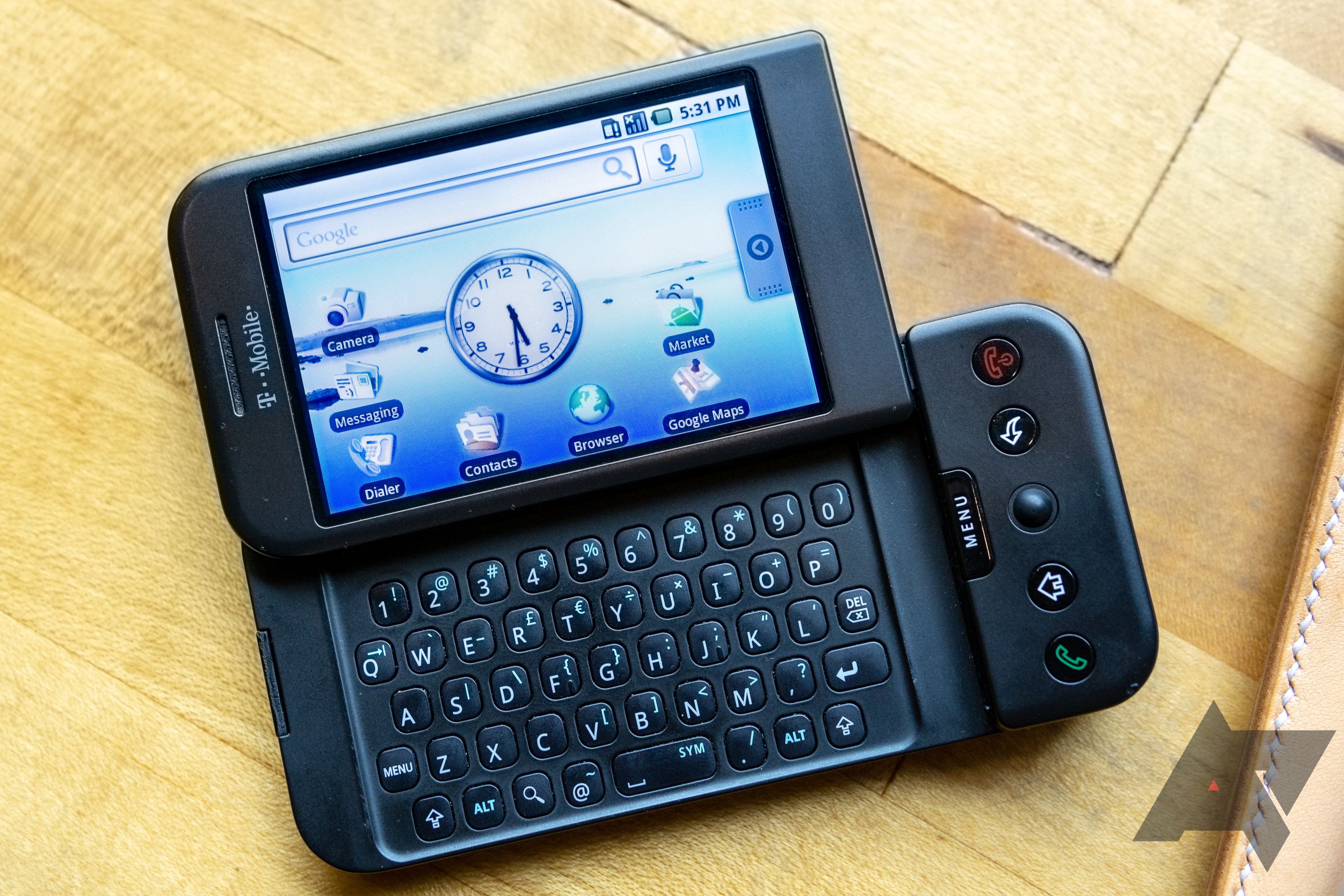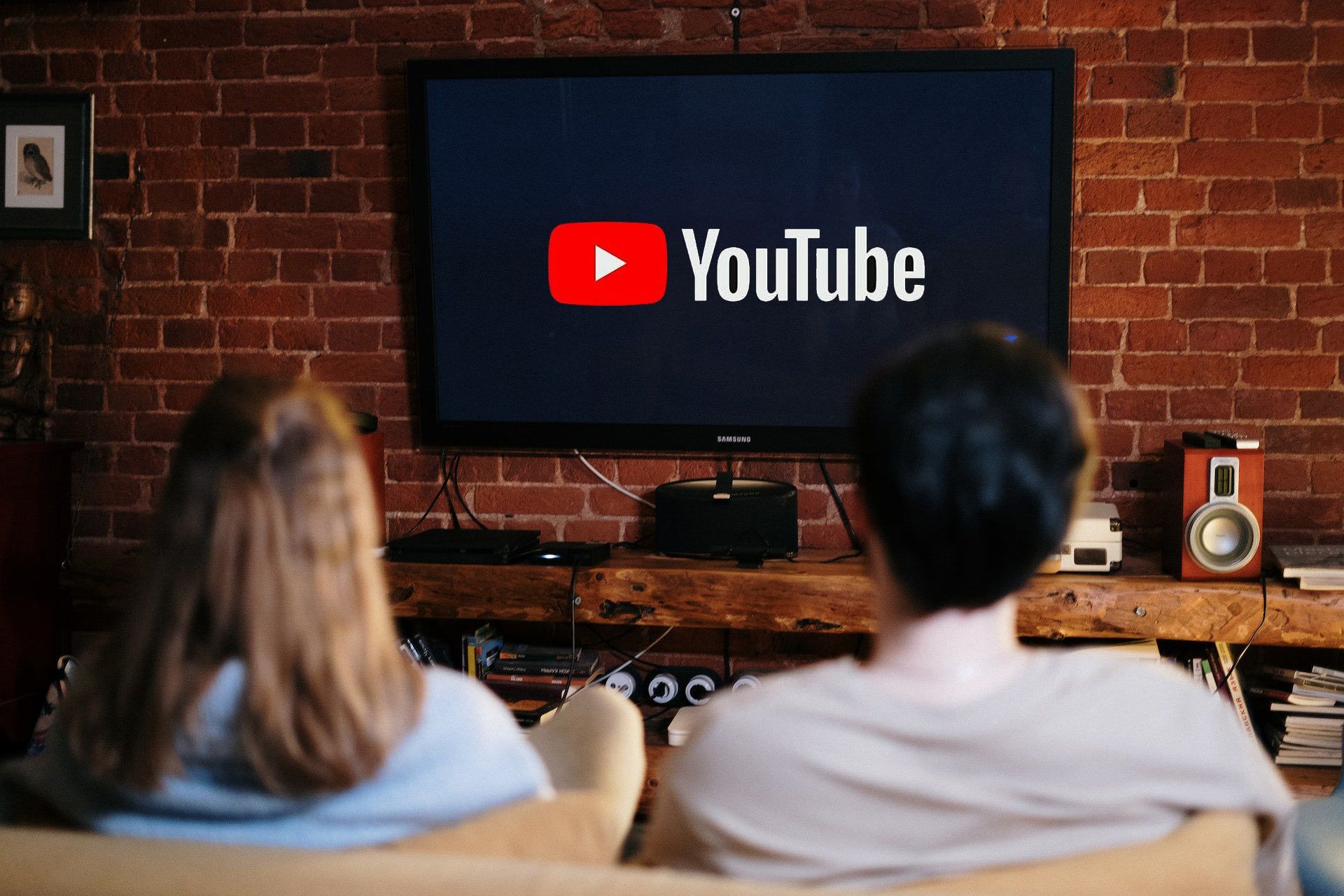It’s been awhile since we’ve seen our mobile phones connected to a CDMA network, but where did they go? When mobile phones started to reach consumer’s hands in the late 90s, cell technology was transitioning from the early AMPS 1G network to 2G networks like GSM (Global System for Mobile Communications) and CDMA (Code Division Multiple Access). GSM and CDMA continued to grow with increased cell phone adoption, and got an upgrade from 2G to 3G in the early 2000s, but now it’s nowhere to be seen.
CDMA was one of the first digital transmission methods for mobile devices
AMPS was an analog technology for voice transmission only, and had weaknesses that drove the industry to develop the next-gen 2G standards. Calls were easily susceptible to eavesdropping through ordinary technology. Even a household TV set that could tune into the right channels would allow someone to hear your phone call. GSM and CDMA introduced digital transmission for both voice and data, and with it came enhanced privacy. Primarily through unique encoding for each call, and spreading phone calls across the entire bandwidth of the network.
CDMA is actually the spread spectrum technology that Qualcomm’s digital cellular radio system was based on. After it was publicly demonstrated in 1989, and officially adopted as an cell phone industry standard in 1995, we started calling the cellular networks CDMA instead of the technology. One of the earliest descriptions of CDMA technology can be found in the summary report of a research project carried out at MIT in 1950. CDMA was also being used for military purposes, and even space-based communications by NASA.
CDMA networks were phased out of service and replaced by LTE and 5G
By the early 2000s, GSM and CDMA had already become more widely adopted, and in the United States, 2008 marked AMPS end-of-service. Even with the development of LTE and 5G networks, it wasn’t until January of this year that CDMA reached end-of-service on the last major carrier, UScellular. Verizon and Sprint had already shut down their networks a few years earlier.
When it was still active, many people preferred CDMA over GSM because there was less signal interference, smoother transitions between cell towers, and better long range coverage. Global cell phone use exploded, going from the millions in the 2000s, to the billions in the 2010s. Better coverage was especially important for rural customers. So what prompted the next-gen development of LTE and 4G cellular networks?

How to force your phone to use LTE or 5G
It’s not easy to do, but some phones allow you to force one network type over the other
LTE and 4G networks improved on some of CDMA and 3G’s limitations
There was a massive increase in smartphone users after Apple’s first iPhone, and T-Mobile G1 / HTC Dream Android phone became available in the late 90s. It was becoming obvious to the industry that smartphones would become the standard for almost every person, especially in developed countries like the United States. Between 2010 and 2005, smartphone users in the United States went from around 81 million to 217 million.
Along with the increased adoption, data consumption by users was increasing at a massive rate. The introduction of major streaming video services, like YouTube in 2005 and Netflix in 2007, meant significantly more data would be used in the near future. While CDMA 3G networks could transmit data, the data download rates were generally limited to around 3 Mbps, even though peak speeds were theoretically up to 7.2 Mbps. While that was about 30 times faster than 2G’s average experienced speed of around 100 kilobits per second (0.1 Mbps), it wasn’t enough to handle new consumer demand.
LTE (Long-Term Evolution) and 4G networks were first launched in December 2009 in Olso and Stockholm, and September 2010 in North America. By 2016, there were more than 530 commercial LTE networks in 170 countries, and about 242 million smartphone users in the U.S. alone.
Users again experienced transmission speeds increase, with a theoretical download limit of 100 Mbps for early 4G networks, and up to 1 Gbps for LTE-Advanced networks. Anyone who had mobile phones back then knows though that their smartphones never came close to reaching those speeds. You were lucky to get 10 to 15 Mbps on early 4G networks, and maybe you’d see a short burst of up to around 20 or 30 Mbps. LTE-Advanced networks were a little faster in real-world usage, averaging 50 to 100 Mbps. This was enough to enable HD video streaming and online gaming, but you can imagine it wasn’t nearly enough to handle our current data consumption.
5G network speeds far surpass LTE and 4G
Despite the conspiracy theories and paranoia about 5G having harmful health effects, the introduction of 5G networks began in 2019, and with it came a huge leap in cellular network technology. The theoretical peak speeds of the newest 5G tech can reach up to 20 Gbps. Average user speeds vary a lot, depending on how new the tech is, and geographic location. In a lot of areas of the United States, people tend to experience around 50 Mbps, but with the newest mmWave tech, average speeds seem to be around 500 Mbps. While in South Korea, which led in early 5G deployment, average download speeds are around 350 Mbps, and peak speeds of up to 922 Mbps have been reported.
Along with higher speeds, 5G also supports a higher number of connected devices per area, up to 1 million per kilometer, instead of the 100,000 that LTE networks can handle. This has been vital in supporting the expansion of the Internet of Things (IoT). It has as low as 1ms latency, compared to LTE’s 30 to 50ms, which is great for gaming and virtual reality. Mobility has improved, allowing devices to maintain connection speeds and latency, even at high speeds. 5G even offers a viable alternative to cable, DSL, or other broadband home internet. It’s because of 5G that we can watch 4k video on our smartphones in the backseat, while a car’s traveling at 65mph (about 105kph) on the highway.

Matter explained: What is the next-gen smart home protocol
Your devices will finally work together as they should
As one of the first commercial digital cellular networks, CDMA pioneered the way for on the go data consumption. In 2024, there are 4.88 billion smartphone users worldwide, or 60.42% of the global population. CDMA networks may be gone, but they played a crucial role in the world’s widespread adoption of mobile phones, and were the first stepping stone towards the smartphone we use today. I





